City Leaders Featured Once Again by the Convention on Wetlands
This content-rich session showcased the growing momentum behind local leadership in wetland conservation.
While Contracting Parties are the main actors at COP, the Convention on Wetlands is increasingly highlighting the crucial role of subnational governments in achieving global environmental goals. What many may not know is that, since 2015, the Convention has established a dedicated framework to recognize the efforts of cities and local authorities in protecting and restoring wetlands in and around urban areas— Wetland City Accreditation scheme.
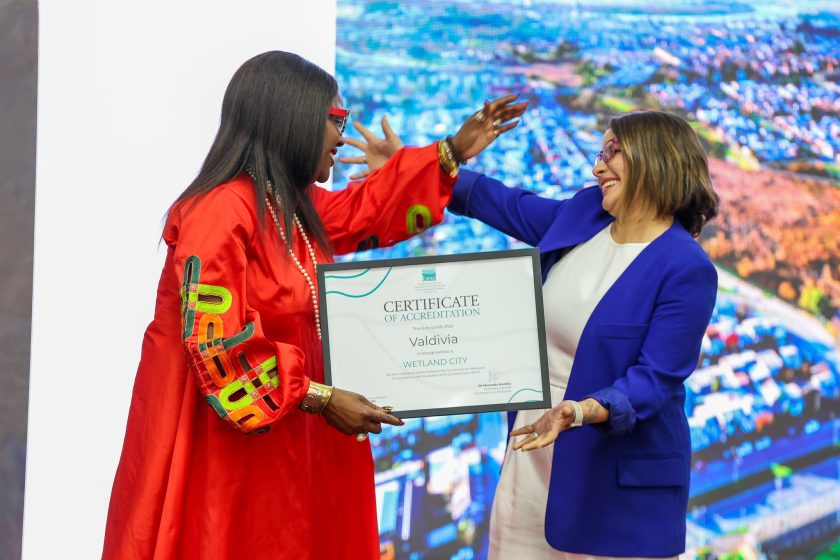
From the restoration of the Minjiang River Estuary Wetlands in Fuzhou, which brought back the endangered black-faced spoonbill (People’s Republic of China); to Kigali, where authorities are relocating businesses, rehabilitating degraded areas (Rwanda), and establishing nature reserves; to the 21-year citizen mobilization to defend urban wetlands and, more specifically, the black-necked swans in Valdivia (Chile)—cities and local authorities are doing the hands-on work to bring biodiversity back to urban areas. These are not good intentions on paper, these reflect cities’ commitment in policy, investment, and civic engagement to protect urban wetlands.
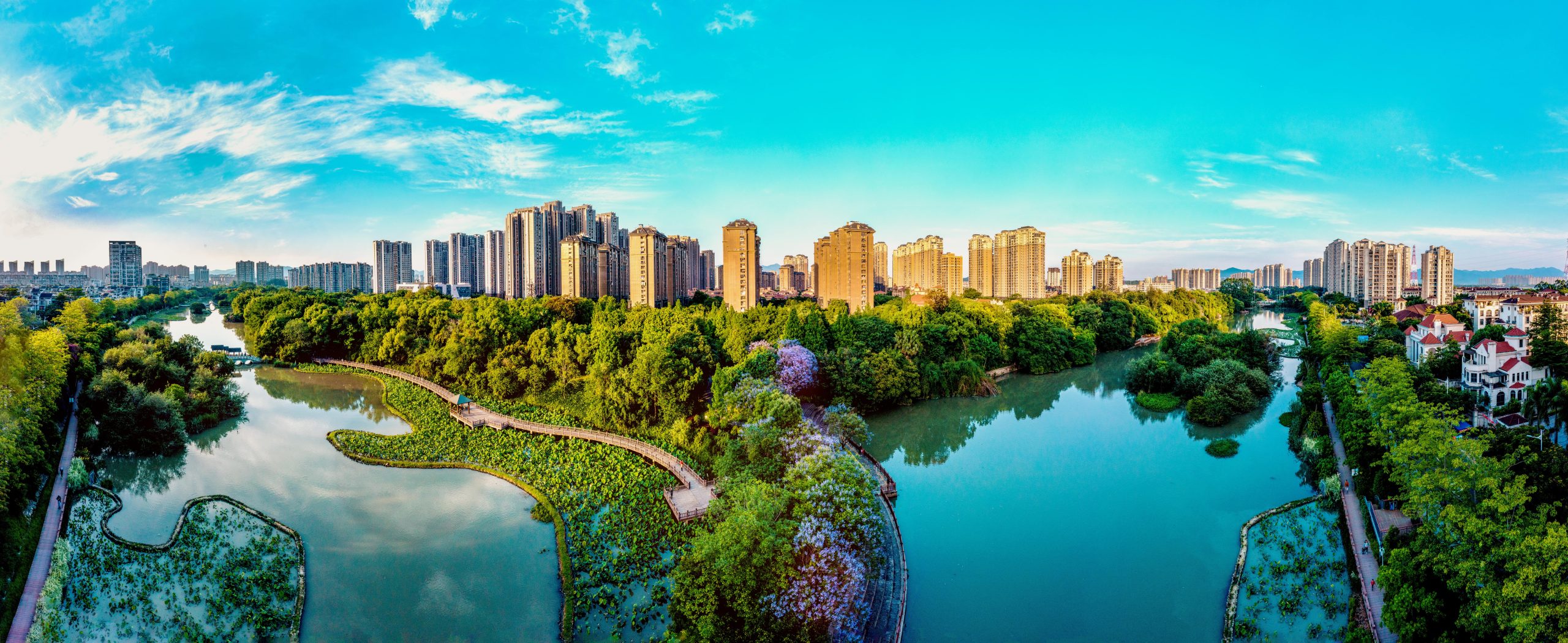
Today, 74 cities around the world have been accredited as Wetland Cities. During the opening remarks of the side event “Thriving Wetlands, Thriving Cities: Bold Leadership and Decisive Action” at COP15 on July 25th, Secretary General Dr. Musonda Mumba highlighted the transformative power of restoration when driven by arts and culture, referencing the example of Arles, France. “The Wetland City Accreditation is one of the crown jewels of the Convention,” she stated, encouraging participants to explore synergies across climate and biodiversity initiatives aimed at urban areas.
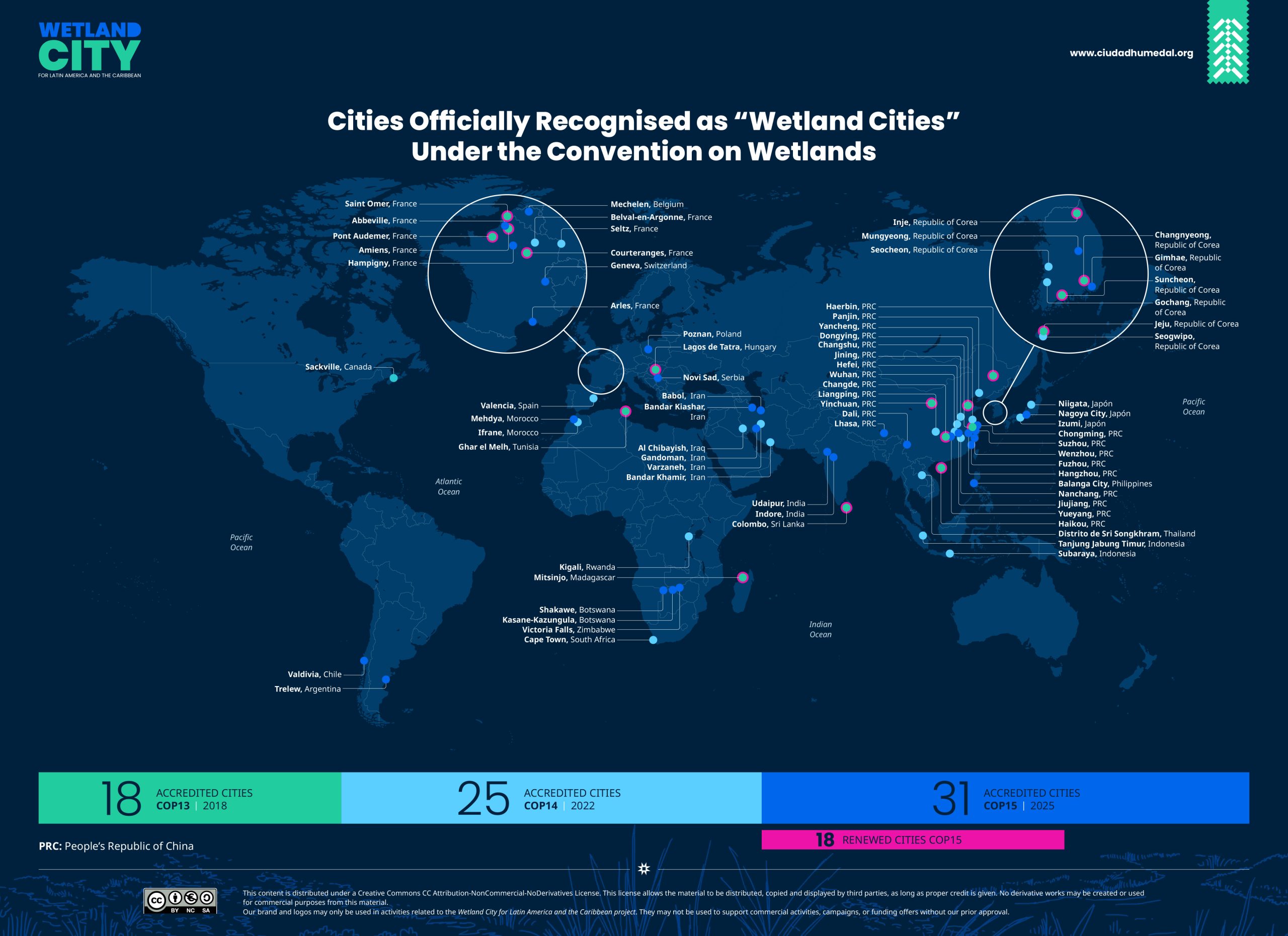
Inside COP15: A Look at Urban Content
The City Forum
A two-day event, organized by the Wetland City Network, brought together newly accredited cities as well as those renewing their Wetland City Accreditation. During the forum, cities received their awards and shared the concrete actions and governance strategies they are implementing to restore wetlands, canals, streams, and lakes. This content-rich session showcased the growing momentum behind local leadership in wetland conservation.

Side Events
- Thriving wetlands, thriving cities: Bold leadership and decisive action
- Humedales urbanos en Latinoamérica: aprendizajes y alianzas para su conservación
- Wetlands and Cities: Global Leadership, Local Action – Showcasing the Wetland City Accreditation Scheme
- Conserving Wetlands for Sustainable Cities and Livelihoods – the case of Kasane-Kazungula and Shakawe

Resolutions adopted
- On July 26th, during the plenary discussion on the Draft Resolution “Future Implementation of the Scientific and Technical Aspects of the Convention for 2025–2028” (COP15 Doc. 23.10), Libuše Vlasáková, National Focal Point for Czechia and Chair for the IAC, recommended that the STRP include a review of cities and wetlands in its next work programme, drawing on the experiences and evidence from the 74 designated Wetland Cities.
- On July 27th, the Draft Resolution titled “Education and Participation as a Basis for the Management of Urban and Peri-Urban Wetlands” (COP15 Doc.23.22), proposed by Colombia, was presented and discussed. According to the COP President, the resolution received “overwhelming support” from Contracting Parties and International Organization Partners, underscoring a shared commitment to enhancing awareness and inclusive governance of wetlands in urban and peri-urban areas.
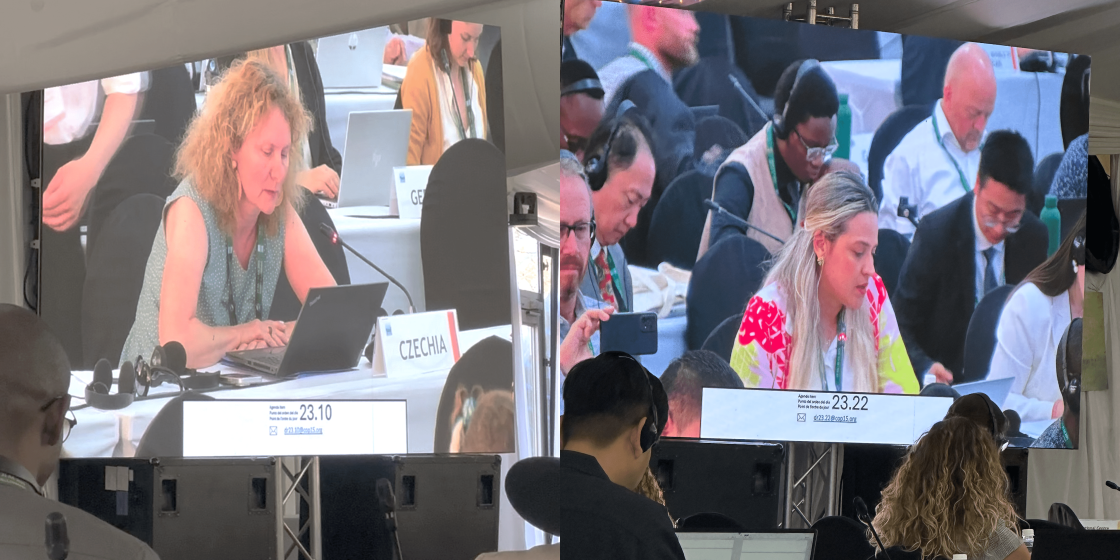
What’s Next?
The Fourth Wetland City Mayors’ Roundtable will be held between November 27 and 29, 2025, in Tatra Lake, Hungary. This event is organized by the local government of Tatra in collaboration with the Ramsar Regional Center―East Asia (RRC-EA), the IAC, among others.
Also, the theme of 2027’s World Wetlands Day will be “Wetlands for Sustainable Cities”, and Contracting Parties’ intention is to find some alignment with the Special Report on Climate Change and Cities by the Intergovernmental Panel on Climate Change, anticipated for 2027.
Facts about Cities and Wetlands
- According to a major study published in Nature Sustainability (McInnes et al., 2020): Urban wetlands cover approximately 1.3 million square kilometers globally — about 9% of all wetlands.
- To achieve global targets (Kunming-Montreal GBF), at least 123 million ha of wetlands must be restored and 428 million ha conserved (Global Wetland Outlook 2025).
- Urbanisation and industrial development are among the top drivers of wetland degradation.
- Wetlands near cities face increased threats from pollution, land-use change, and infrastructure expansion.
- Wetland degradation disproportionately affects least developed and lower-middle-income countries due to a lack of capacity and rapid urban growth.
- Urban expansion in Latin America, the Caribbean, and Africa is notably linked to wetland loss and ecological deterioration.
- Innovative financing models like green bonds and public-private partnerships can support wetland restoration in urban areas.
- Regional case studies such as South Africa and China show urban-influenced wetlands face critical degradation but also opportunities for eco-tourism and sustainable redevelopment.
Other MEA Engaging Subnational Governments
Convention on Biological Diversity (CBD)
- The 8th Summit of Subnational Governments & Cities, which was held as an official parallel event COP16, hosted by ICLEI, the CBD Secretariat, and Regions4, in partnership with the Governments of Colombia, City of Cali, and UNEP.
- The Mayors Forum on Urban Nature and Biodiversity took place in Cali, Colombia, during the UN Biodiversity Conference (COP16) in October 2024. This forum was an associated event of the 8th Summit.
United Nations Framework Convention on Climate Change (UNFCCC)
- The CHAMP—Coalition for High Ambition Multilevel Partnerships is an initiative launched by the COP28 Presidency to enhance cooperation between national and subnational governments in climate action.
Learn More About the City Wetland Accreditation Scheme
- Wetland City Accreditation Operational Guidelines
- Wetland City Network
- Ciudad Humedal para América Latina y el Caribe (2025)
- The Value of Wetlands for Cities (2024)
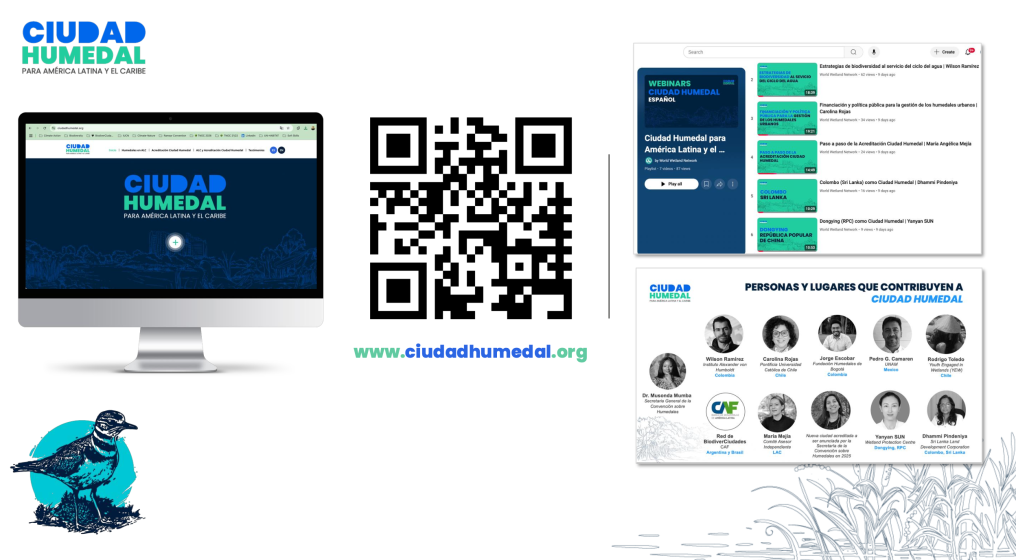
Written on July 27th, 2025, by María Angélica Mejía on behalf of the Independent Advisory Committee of the Wetland City Accreditation of the Ramsar Convention on Wetlands. Maria is also TNOC’s Regional Curator for Latin America and the Caribbean.
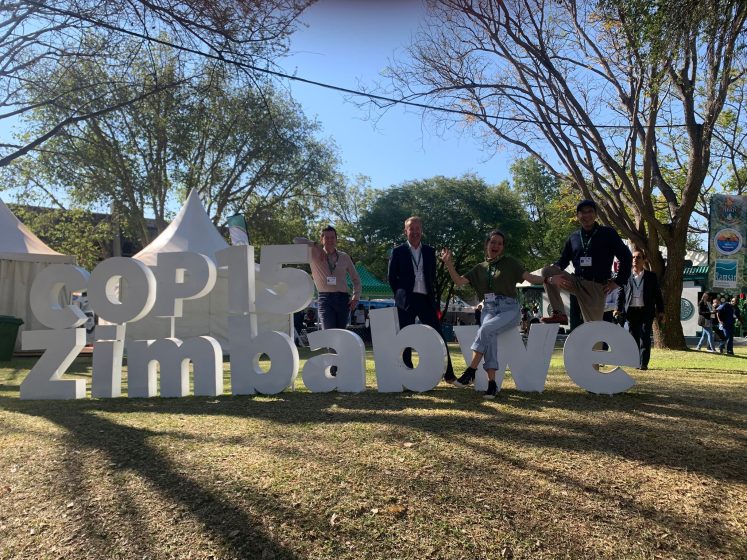
 María Mejía
María Mejía
Bogotá
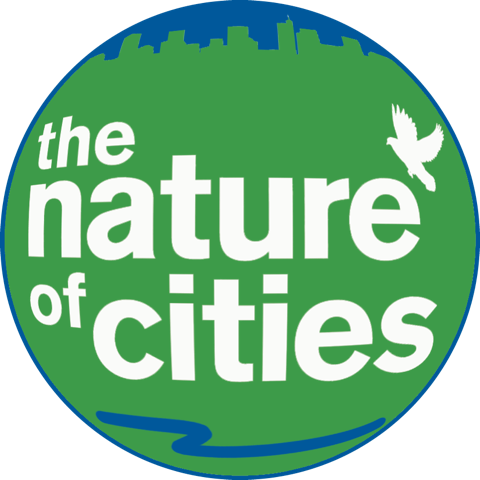



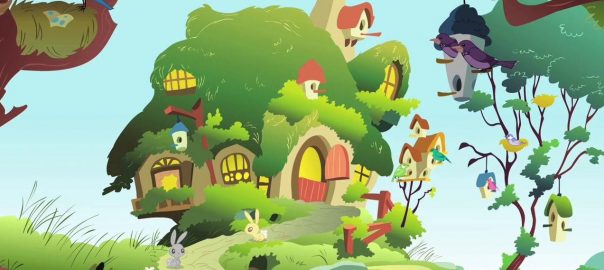

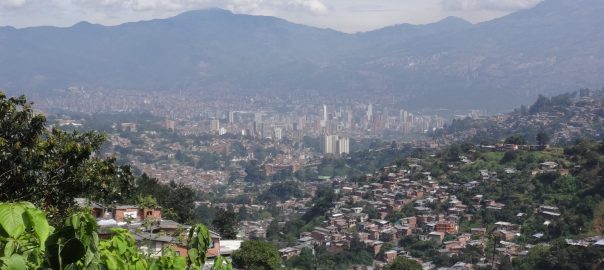
Leave a Reply